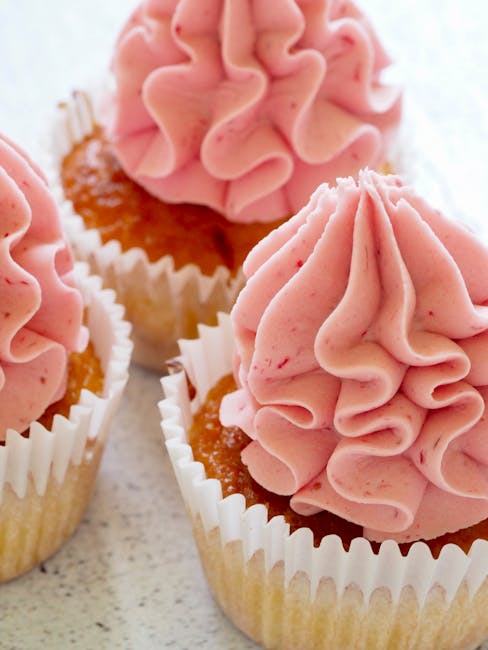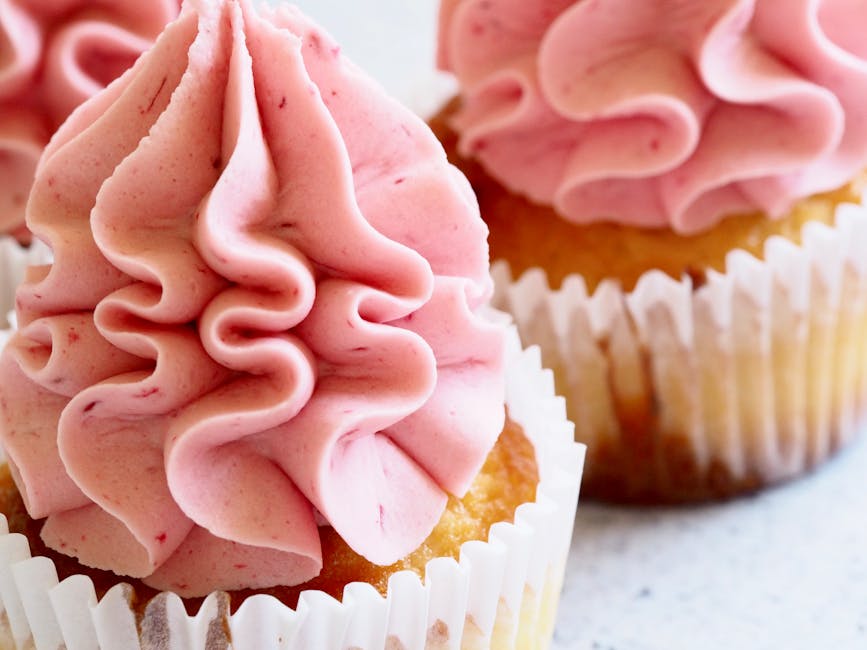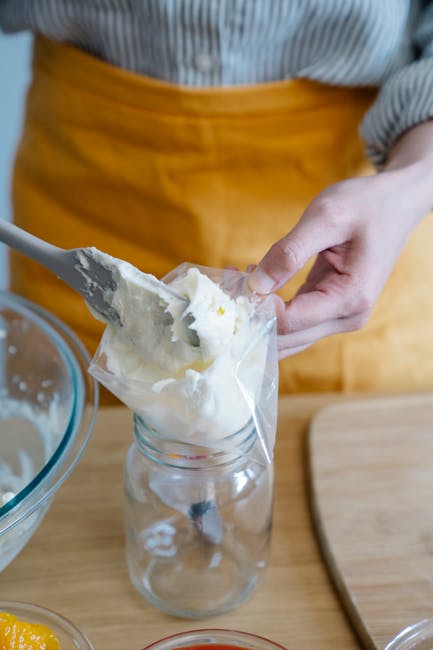Homemade Whipped Cream: The Ultimate Guide to Light, Fluffy Perfection
Forget the canned stuff! Making homemade whipped cream is easier than you think, and the results are infinitely superior. This comprehensive guide will walk you through everything you need to know, from choosing the right cream to mastering the perfect texture, ensuring your desserts always reach new heights of deliciousness.
Understanding the Ingredients: The Key to Success
The foundation of perfect whipped cream is, of course, the cream itself. Heavy cream, with its high fat content (at least 36%), is essential. Lighter creams simply won’t whip up to the same volume and will lack the desired stability.
Choosing Your Heavy Cream:
- Ultra-pasteurized vs. Pasteurized: While ultra-pasteurized cream is more shelf-stable, some find it whips less effectively. Pasteurized cream is generally preferred for whipping.
- Freshness Matters: Use the freshest cream possible for optimal results. Check the expiration date and opt for cream that’s closer to its “sell by” date.
- Temperature is Key: Cold cream whips best. Chill your bowl and your whisk attachment (if using a stand mixer) for at least 30 minutes before starting.
Beyond the cream, sugar is crucial for both sweetness and stability. Granulated sugar is most common, but powdered sugar can also be used for an even smoother texture. A touch of vanilla extract adds classic flavor, while other extracts (like almond or peppermint) can create exciting variations.
The Art of Whipping: Techniques for Perfect Texture
The method you choose impacts the final texture of your whipped cream. Here are three popular methods:
Method 1: The Hand Mixer Method
This method is ideal for smaller batches and requires minimal equipment. Simply combine your chilled cream and sugar in a chilled bowl. Beat on medium speed until soft peaks form, then gradually increase to high speed until stiff peaks emerge. Be careful not to overwhip!
Method 2: The Stand Mixer Method
A stand mixer significantly reduces the effort required. Attach the whisk attachment to your mixer and follow the same process as with the hand mixer. The stand mixer’s power allows for faster and more consistent whipping.

Method 3: The Whisk-by-Hand Method (for the truly dedicated!)
This is the most labor-intensive method but can be quite satisfying. Vigorously whisk the chilled cream and sugar by hand until stiff peaks form. This requires a strong arm and some patience, but the result is incredibly rewarding.

Troubleshooting Common Whipped Cream Problems
Even experienced bakers encounter setbacks. Here’s how to address some common issues:
Whipped Cream is Too Thin:
- Not enough cream: Ensure you’re using heavy cream with at least 36% fat.
- Cream wasn’t cold enough: Chill the cream and your bowl thoroughly before whipping.
- Whipped for too short a time: Whip until stiff peaks form; don’t stop too soon.
Whipped Cream is Grainy:
- Sugar wasn’t fully incorporated: Add sugar gradually while whipping.
- Cream was too warm: Make sure everything is thoroughly chilled.
Whipped Cream is Buttery:
- Overwhipped: Stop whipping as soon as stiff peaks form. Overwhipping turns whipped cream into butter.
Beyond the Basics: Flavor Variations and Creative Uses
Once you’ve mastered the fundamentals, explore endless flavor possibilities:
Flavor Infusions:
- Chocolate: Add cocoa powder or melted chocolate.
- Coffee: Stir in instant espresso powder or strong brewed coffee.
- Citrus: Zest or juice from lemons, limes, or oranges.
- Spiced: Cinnamon, nutmeg, or cardamom.
- Boozy: A splash of liqueur (Grand Marnier, Baileys, etc.)
Creative Applications:
Homemade whipped cream elevates countless desserts and dishes. Consider these ideas:
- Topping for cakes, pies, and cobblers: A classic and always delicious addition.
- Filling for pastries and cupcakes: A light and airy filling that complements both sweet and savory options.
- Component of mousse and other desserts: The base for many creamy and delicate desserts.
- Accompaniment to fruit: Pairs beautifully with berries, stone fruits, and more.
- Garnish for hot chocolate and coffee: A touch of elegance and decadence.
Storage and Shelf Life
Homemade whipped cream is best enjoyed fresh, but can be stored for a short period. Store it in an airtight container in the refrigerator for up to 24 hours. The texture may change slightly over time, but it will still be delicious.
Conclusion: Embrace the Homemade Whipped Cream Revolution
Making homemade whipped cream is a rewarding experience. The taste, texture, and overall quality far surpass anything you can buy pre-made. So ditch the cans, grab some heavy cream, and prepare to elevate your desserts to the next level! You’ll be amazed at how easy it is to create a truly luxurious treat from scratch.


